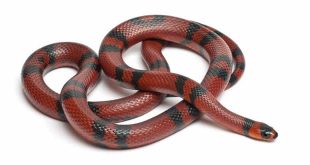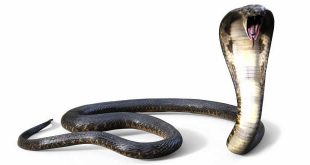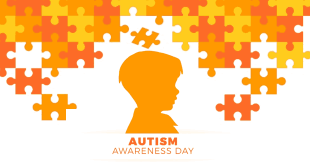 Rattlesnake — Rattlesnakes are a group of venomous snakes, genera Crotalus and Sistrurus. They belong to the class of venomous snakes known commonly as pit vipers.
Rattlesnake — Rattlesnakes are a group of venomous snakes, genera Crotalus and Sistrurus. They belong to the class of venomous snakes known commonly as pit vipers.
There are approximately fifty species of rattlesnake, with numerous subspecies. They receive their name for the rattle located at the tip of their tails. The rattle is used as a warning device when threatened. The scientific name Crotalus derives from the Greek meaning “castanet”. The name Sistrurus is the Latinized form of the Greek word for “tail rattler” ( Seistrouros) and shares its root with the ancient Egyptian musical instrument, the sistrum, a type of rattle.
Most rattlesnakes mate in the spring. All species give live birth, rather than laying eggs. The young are self-sufficient from birth. As they do not need their mother after birth, the mother does not remain with her young.
Rattlesnakes consume rodents and other small animals, such as rabbits, rats, mice, etc., subduing their prey quickly with a venomous bite as opposed to constricting. The venom stuns or kills typical rattlesnake prey immediately. A rattlesnake will follow prey that does not quickly succumb to the venom and attempts to escape. They are specially known to strike at distances up to two-thirds their body length.
Rattlesnakes are born with fully functioning fangs capable of injecting venom and can regulate the amount of venom they inject when biting. Generally they deliver a full dose of venom to their prey, but may deliver less venom or none at all when biting defensively. A frightened or injured snake may not exercise such control. Young snakes, although incapable of delivering an amount of venom equivalent to their adult counterparts, are still potentially deadly. Any bite must be considered dangerous and professional medical care should immediately be sought.
 Kids Portal For Parents India Kids Network
Kids Portal For Parents India Kids Network


